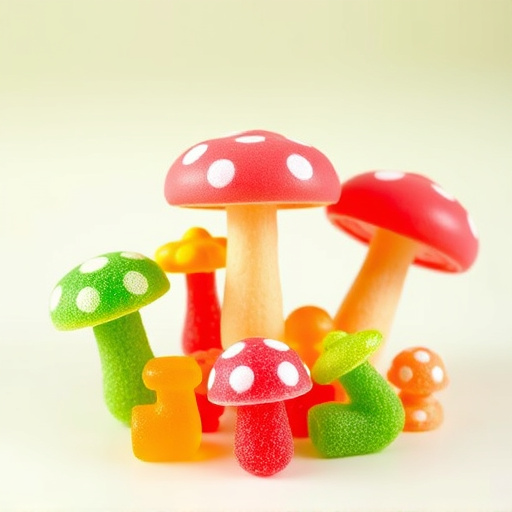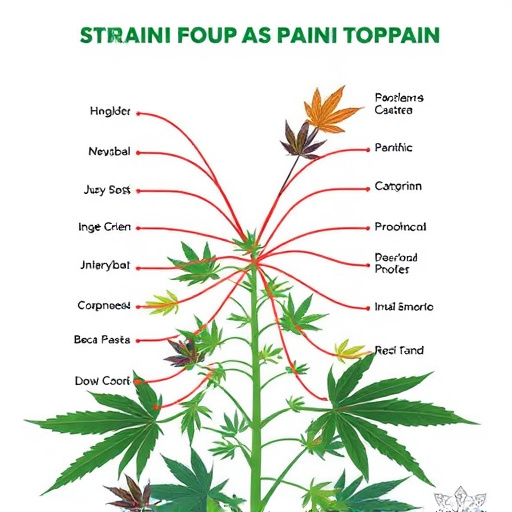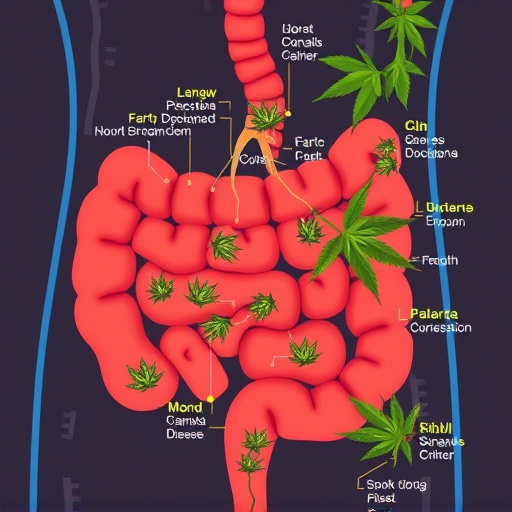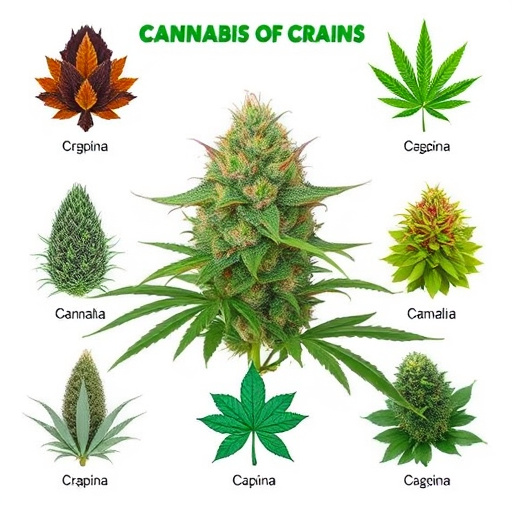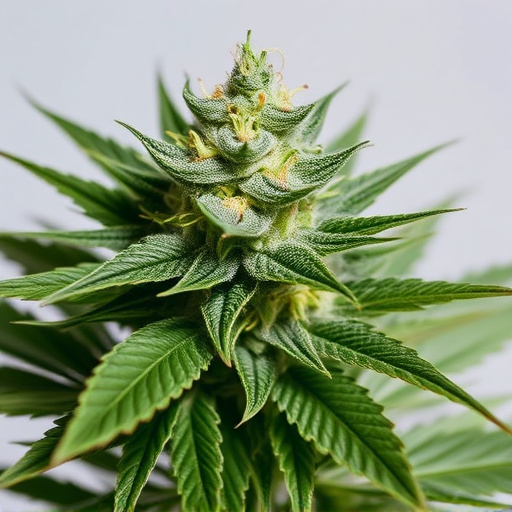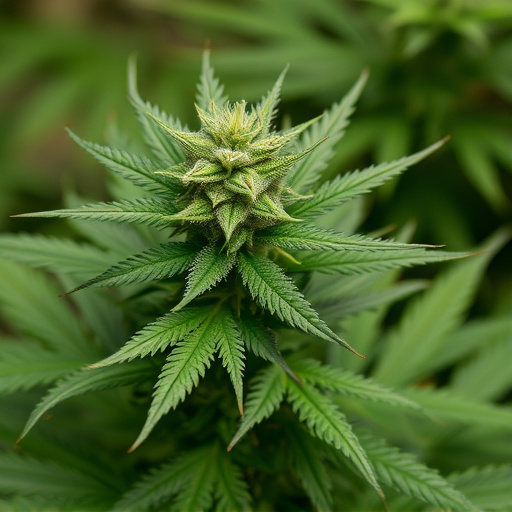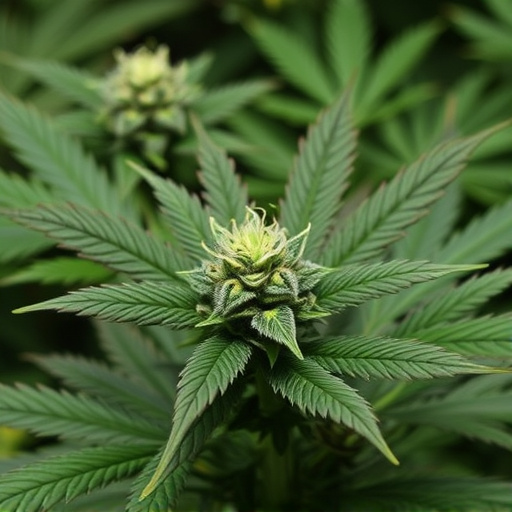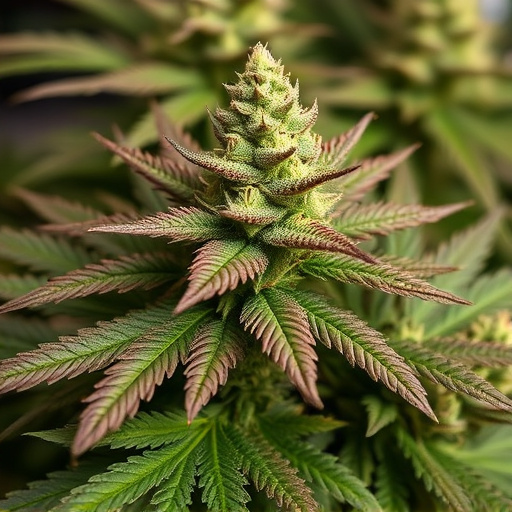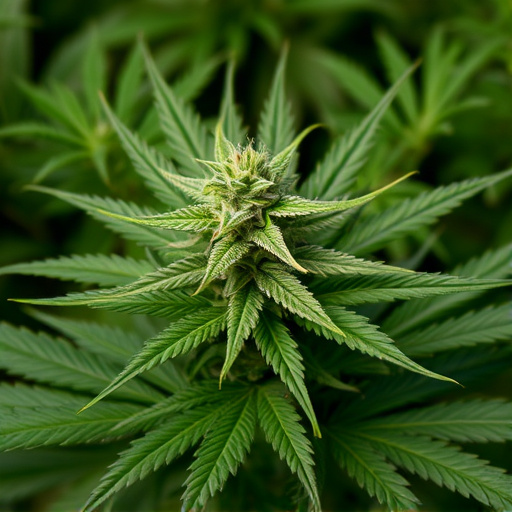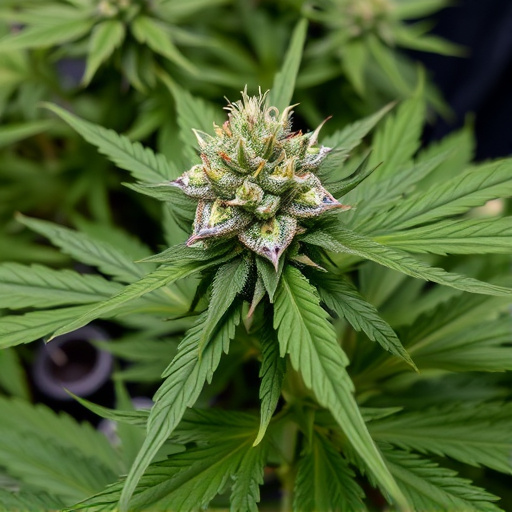Medical marijuana strains, derived from Cannabis sativa, offer therapeutic potential but require careful consideration due to their complex metabolism and effects on the body's endocannabinoid system (ECS). Key compounds like THC and CBD are metabolized differently, with THC causing psychoactive effects while CBD offering benefits without intoxication. Individual reactions vary based on tolerance, consumption methods, and metabolic capacity. High THC concentrations can lead to adverse effects, including anxiety and cognitive impairments over time. To ensure safety, users should start with small doses, monitor reactions, and consult healthcare providers specialized in medical marijuana strains to prevent overdose risks and long-term health complications.
Can you overdose on cannabis flower? It’s a question that’s gained prominence with the growing popularity of medical marijuana strains. Understanding cannabis metabolism is key to navigating its safety. High THC consumption can lead to potential risks and side effects, from anxiety and paranoia to more severe symptoms. Learn about recognizing and managing cannabis overdose symptoms, ensuring safe use in today’s digital era.
- Understanding Cannabis and Its Metabolism
- Potential Risks and Side Effects of High THC Consumption
- Recognizing and Managing Cannabis Overdose Symptoms
Understanding Cannabis and Its Metabolism
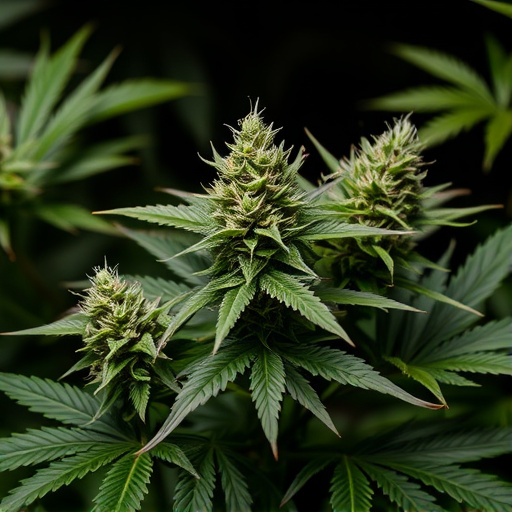
Cannabis, or Cannabis sativa, is a complex plant that has gained significant attention for its therapeutic potential, leading to the legalization and regulation of medical marijuana strains in many countries. When consumed, cannabis interacts with the endocannabinoid system (ECS) in our bodies, which plays a crucial role in maintaining homeostasis, or balance. This system consists of endocannabinoids, receptors, and enzymes that help regulate various physiological processes.
The metabolism of cannabis involves breaking down its active compounds, primarily tetrahydrocannabinol (THC) and cannabidiol (CBD), into byproducts that are either excreted or absorbed. THC is known for its psychoactive effects, while CBD has gained popularity for its potential therapeutic benefits without the intoxicating properties. The body’s ability to metabolize cannabis can vary among individuals, influenced by factors like tolerance, metabolism, and the method of consumption. Understanding these metabolic processes is essential in navigating the safe use of medical marijuana strains, as it highlights the importance of dosage and consumption methods to avoid any potential overdose risks.
Potential Risks and Side Effects of High THC Consumption
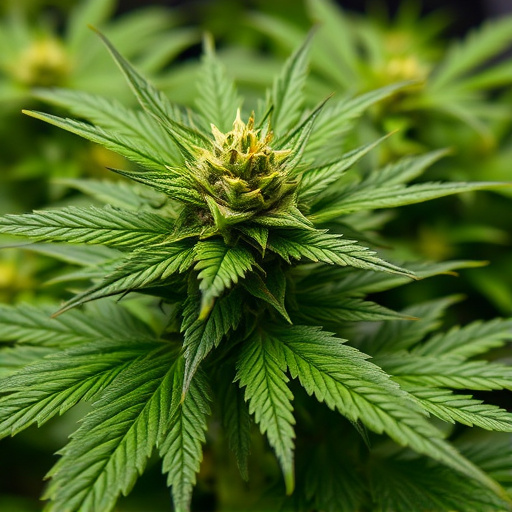
High concentrations of THC, the primary psychoactive compound in cannabis, can lead to adverse effects, especially with excessive consumption. While medical marijuana strains are known for their therapeutic benefits, the potential risks associated with high THC levels should not be overlooked. Side effects may include anxiety, paranoia, and in some cases, severe disorientation or what’s commonly referred to as a “bad trip.” These experiences can be more pronounced in individuals who are new to cannabis or have low tolerance.
Long-term exposure to high THC doses could also contribute to cognitive impairments, particularly in adolescents whose brains are still developing. It’s crucial for users of medical marijuana strains with elevated THC content to start with small doses and monitor their bodies’ reactions. Understanding the potential risks enables consumers to make informed decisions, ensuring a safe and beneficial experience while leveraging the therapeutic properties of cannabis.
Recognizing and Managing Cannabis Overdose Symptoms
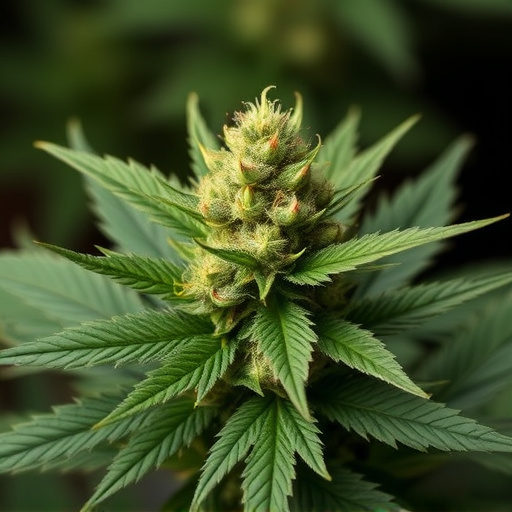
Recognizing a cannabis overdose can be challenging as symptoms may vary from person to person and depend on the strain’s potency, method of consumption, and individual tolerance. However, some common signs to look out for include severe disorientation, confusion, rapid heartbeat, panic attacks, extreme paranoia, or even hallucinations. In cases of acute distress, it is crucial to seek medical attention immediately.
Managing an overdose involves supportive care aimed at ensuring the patient’s safety and comfort. This may include isolating the individual in a calm environment, ensuring they remain hydrated, and monitoring vital signs. If symptoms persist or worsen, contacting a healthcare provider experienced in managing substance-related issues, especially with medical marijuana strains, is essential to prevent any long-term health complications.
While cannabis, especially medical marijuana strains with high THC content, can provide therapeutic benefits, it’s crucial to understand that overdosing is possible. Consuming too much THC can lead to adverse side effects such as anxiety, paranoia, and in severe cases, psychotic episodes. Recognizing the symptoms of a cannabis overdose is essential, and seeking medical attention promptly can help manage and mitigate potential risks. Responsible use and understanding your tolerance are key to enjoying cannabis safely, ensuring its benefits without negative consequences.
